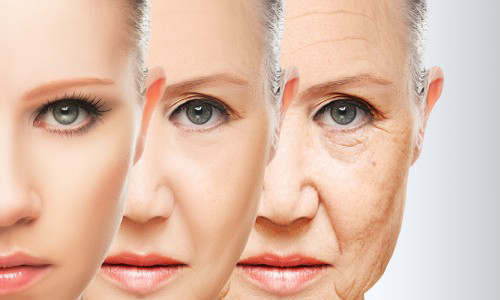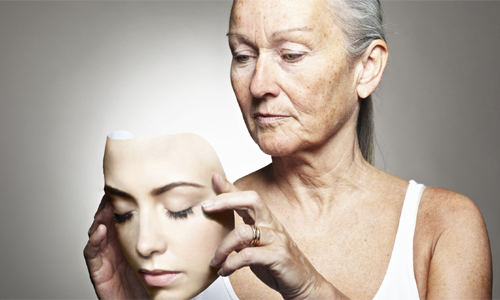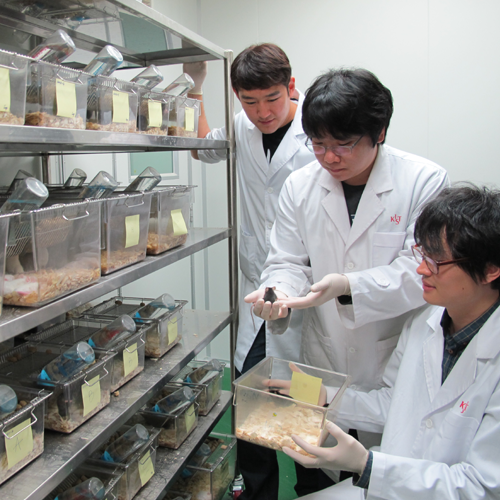
premature ageing

environmental pollution

premature ageing treatment

research

Premature Ageing
This syndrome called AIDS is equivalent to premature ageing. The victim stops using nutrients effectively and this is followed by changes in the body that are similar to old age. The skin loses its lustre and becomes wrinkled and rough. This is followed by fungus and bacterial infections characterised by a bad itch that calls for a good scratch. This leads to multiple boils and scars that are so embarrassing to the victim. Any insect bite will lead to a small pimple that itches so badly a few days later.
The loss of weight, which is secondary to poor food intake and chronic infections, makes the victim very weak and unable to work or do simple little jobs in the house. The women stop having their normal monthly periods and the males become impotent, as a result of reduced hormone secretions, especially the corticosteroids. These conditions are promoted by certain social and environmental factors.
Promoting Factors:
The propagating of the HIV in the body requires certain ideal conditions that help it to overwhelm the body’s immunity:
1) Nutrition: Poor nutrition and starvation are promoters of HIV.
2) Drug Abuse: The use of drugs routinely is very detrimental to a person with HIV.
This includes the use of hard drugs like cocaine and heroin.
Smoking tobacco and using alcoholic beverages in excess is equivalent to drug abuse.
Using contraceptive pills is one way of abusing drugs because the body has to try and get rid of it using available nutritional resources. That is why these pills promote viruses that lie dormant in the body and cause cancer of the breast and the womb in women.
3) Environmental Pollution:
a) Chemical wastes in drinking water
b) Atmospheric pollution by industrial fumes
c) Passive smoking
d) Food additives like colour, artificial sweetness
and preservatives are extremely hazardous
e) Water or fruits and vegetables that have been sprayed with weed killers or pesticides, some of which can cause cancer, are very dangerous to HIV victims. Mycotoxins and Aflatoxins contaminating foods like maize and peanuts
How did Mariandina Research Overcome this Problem?
1) Research Background:
In 1988, I realised that Uganda had a major AIDS problem and there was no solution to it after all international efforts had been considered.
I had already been a researcher in Makerere University during the early seventies. I had discovered treatments to three very important diseases that up to then were problematic the world over. My discoveries included among others, the following:
The treatment for Atrophic Rhinitis. This is the disease causing a very bad smell from the nose (OZAENA). It had no known effective treatment by then. My research published in the JLO 1973, Vol 8, 397-403 was the answer up to now.
I researched again on a problem known as Scleroma. This is called Kokolo in Uganda. The treatment I formulated is still standard textbook material today. This was published in the JLO 1975, Vol 89, 91-99.
Last but not least, was the research I did from 1972-1974, which led to the discovery for treating the notorious condition known as Croupe (Kalakiro), which is scientifically known as Laryngo Tracheo Bronchitis.
This research background made me feel I was on safe ground in 1988 when I undertook to research on the cause and treatment of AIDS. After six months of intensive reading about the HIV in 1988, I came up with a theory that this virus could be controlled effectively if one removed from the body the conditions that favour its multiplication. In the month of May 1988, I got my first chance to treat a human being with AIDS.